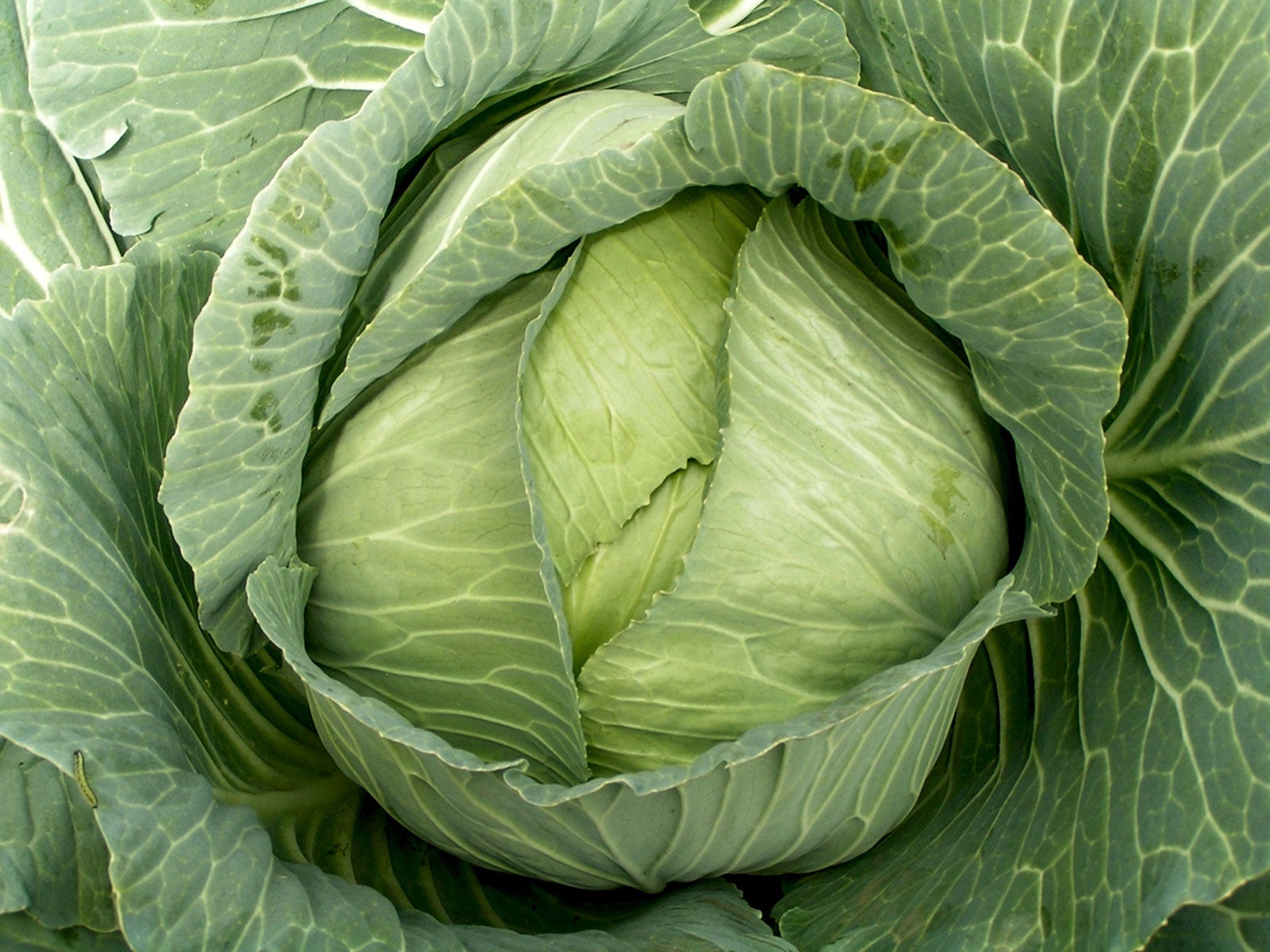Late Flat Dutch Cabbage Plants – How To Plant Late Flat Dutch Cabbage


Do you like a big, firm cabbage with excellent flavor? Try growing Late Flat Dutch cabbage. This vegetable will feed a large family. Late Flat Dutch cabbage plants are easy to grow, provided you have a way to keep the snails and slugs away from the leaves. Keep reading to learn how to plant Late Flat Dutch cabbage, a vegetable that keeps for a long time and delivers quality and quantity.
About Late Flat Dutch Cabbage Plants
Cabbage is such a versatile vegetable. It is equally good in salads, stews, or sautéed. Late Flat Dutch cabbage seeds germinate easily and the resulting heads store for weeks. This open pollinated heirloom variety requires 100 days from seed to head and can be planted for an early summer or late fall harvest.
This large cabbage variety has bluish green leaves and flattened heads with a creamy light green interior. The heads are monsters that can achieve up to 15 pounds (7 kg.) but taste a bit sweeter if harvested when smaller.
The earliest recording of this cabbage type was in 1840 in the Netherlands. However, it was German settlers that brought Late Flat Dutch cabbage seeds with them to America where it became a popular variety. The plants are hardy to USDA zones 3 through 9, but young plants can suffer if they experience freezes.
When to Plant Late Flat Dutch Cabbage
This is a cool season crop, and will also suffer if they experience hot summer temperatures, although they usually rally when the cool season appears. For an early crop, sow seeds indoors eight to twelve weeks before the last expected frost.
Harden off and install young plants four weeks before that date in order to ensure mature heads before summer heat. If you wish a fall crop, you can either direct sow or start indoors. If temperatures are extreme, use shade cloth to protect late season seedlings.
How to Plant Late Flat Dutch Cabbage
Soil pH should be around 6.5 to 7.5 for growing these cabbages. Sow seeds indoors in spring in trays 2 inches (5 cm.) apart. When ready to transplant, harden seedlings off and plant 18 inches (46 cm.) apart, burying the stems halfway up.
Gardening tips, videos, info and more delivered right to your inbox!
Sign up for the Gardening Know How newsletter today and receive a free copy of our e-book "How to Grow Delicious Tomatoes".
The preferred growing temperatures for cabbage are 55 to 75 degrees F. (13-24 C.) but the heads will increase gradually even in warmer conditions.
Watch for cabbage loopers and other pests. Use companion plants like herbs and onions to help prevent insect invaders. Mulch around plants and water evenly to prevent splitting. Harvest at any stage of growth and enjoy.

Bonnie Grant is a professional landscaper with a Certification in Urban Gardening. She has been gardening and writing for 15 years. A former professional chef, she has a passion for edible landscaping.
-
 Terrifically Tubular Flowers For Hummingbirds: 9 Tube-Flowered Plants To Attract Hummers
Terrifically Tubular Flowers For Hummingbirds: 9 Tube-Flowered Plants To Attract HummersGrowing tubular flowers for hummingbirds helps you create the optimum feeding conditions for your winged friends. Here are nine tubed delights for hummers
By Tonya Barnett
-
 How To Grow Hydroponic Tomatoes For Fresh Indoor Harvests – No Soil Required
How To Grow Hydroponic Tomatoes For Fresh Indoor Harvests – No Soil RequiredLearning how to grow tomatoes in water is easy and allows you to harvest fresh-home-grown produce in every season without any mess.
By Ellen Wells